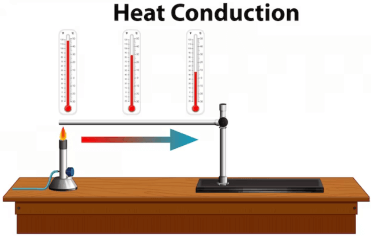Question
a.
the degree of p(s) and q(s) may differ by one only
b.
the degree of p(s) and q(s) may differ by zero only
c.
the degrees of p(s) and q(s) be equal
d.
the degrees of p(s) and q(s) must not be equal
Posted under Electronics and Communication Engineering
Interact with the Community - Share Your Thoughts
Uncertain About the Answer? Seek Clarification Here.
Understand the Explanation? Include it Here.
Q. If a driving point function N(s) = p(s)/q(s), then
Similar Questions
Explore Relevant Multiple Choice Questions (MCQs)
Q. A function f(t) = k e^(at) is __________ for (a > 0).
View solution
Q. The peak factor is the ratio of
View solution
Q. In attenuation band, β is an odd multiple of π.
View solution
Q. In a series RLC circuit, the value of resistance for critical damping is
View solution
Q. Parallel wire transmission line is an example of
View solution
Q. A 2-terminal network consists of one of the RLC elements. The elements is connected to an ac supply. The current through the element is 1 A. When an inductor is inserted in series between the source and the element, the current through the element becomes 2 A. What is this element?
View solution
Q. Consider the following statements for a driving point function F(jω):
1. Re F(jω) is an even function of ω and is 0 or positive for all values of ω.
2. Im F(jω) is an even function of ω and is 0 or positive for all values of ω.
3. Re F(jω) is an odd function of ω and is 0 or negative for all values of ω.
4. Re F(s) = 0 for Re s = 0.
Which one of the statements given above is/are correct?
View solution
Q. Which of following is linear and bilateral parameter?
View solution
Q. Permittivity has the units of F/m.
View solution
Q. A capacitor used for power factor correction in single- phase circuit decreases
View solution
Q. Which one of the following is an active component?
View solution
Q. A h is the unit of quantity of electricity.
View solution
Q. All network theorems of dc are applicable to ac also with different quantities taken as phasors.
View solution
Q. An ac circuit has two branches in parallel. The impedances of the two branches are equal. Their power factors are 0.8 lagging and 0.8 leading. The overall p.f. is
View solution
Q. In a network
View solution
Q. The phase difference between them is __________ degrees.
View solution
Q. Norton's theorem reduces a two terminal network to
View solution
Q. For a two- port reciprocal network, the output open circuit voltage divided by the input current is equal to
View solution
Q. If H(s) is positive real, 1/H(s)
View solution
Q. Open-circuit voltage is the potential difference between two point when the impedance between these points is
View solution
Recommended Subjects
Are you eager to expand your knowledge beyond Electronics and Communication Engineering? We've handpicked a range of related categories that you might find intriguing.
Click on the categories below to discover a wealth of MCQs and enrich your understanding of various subjects. Happy exploring!








